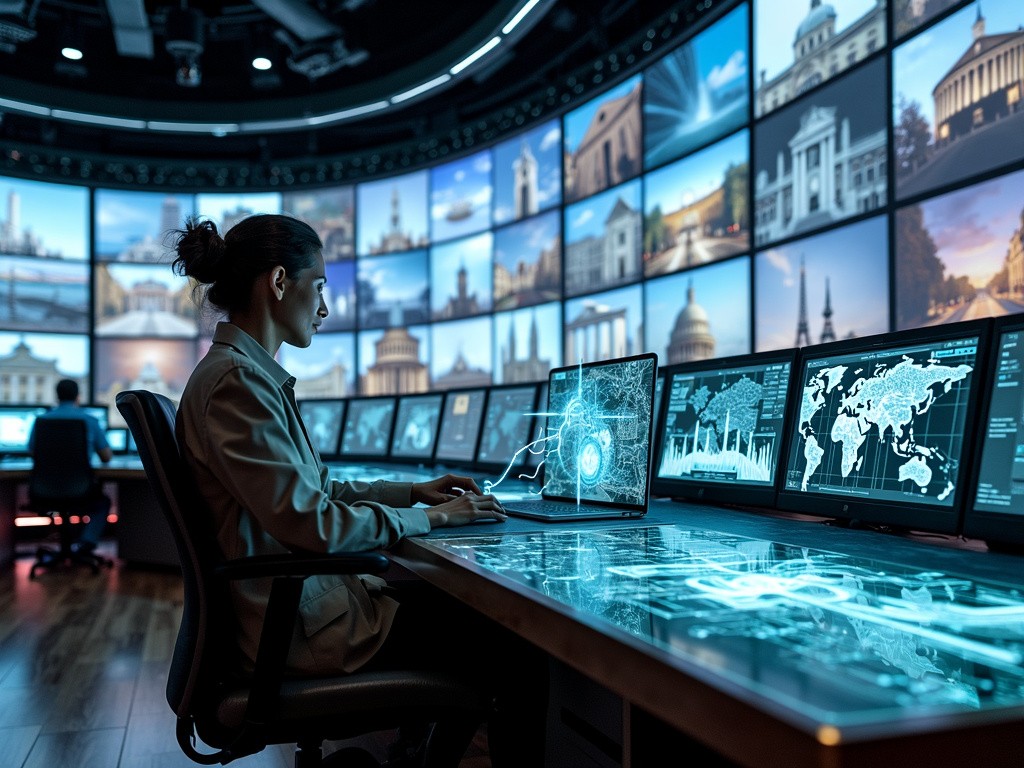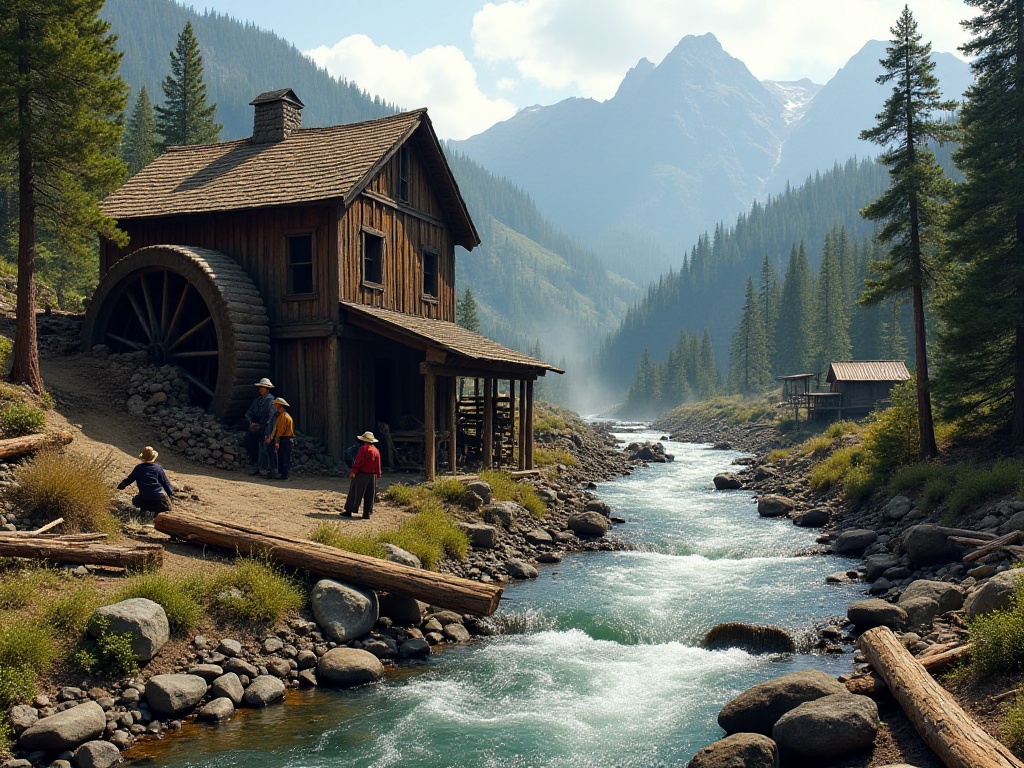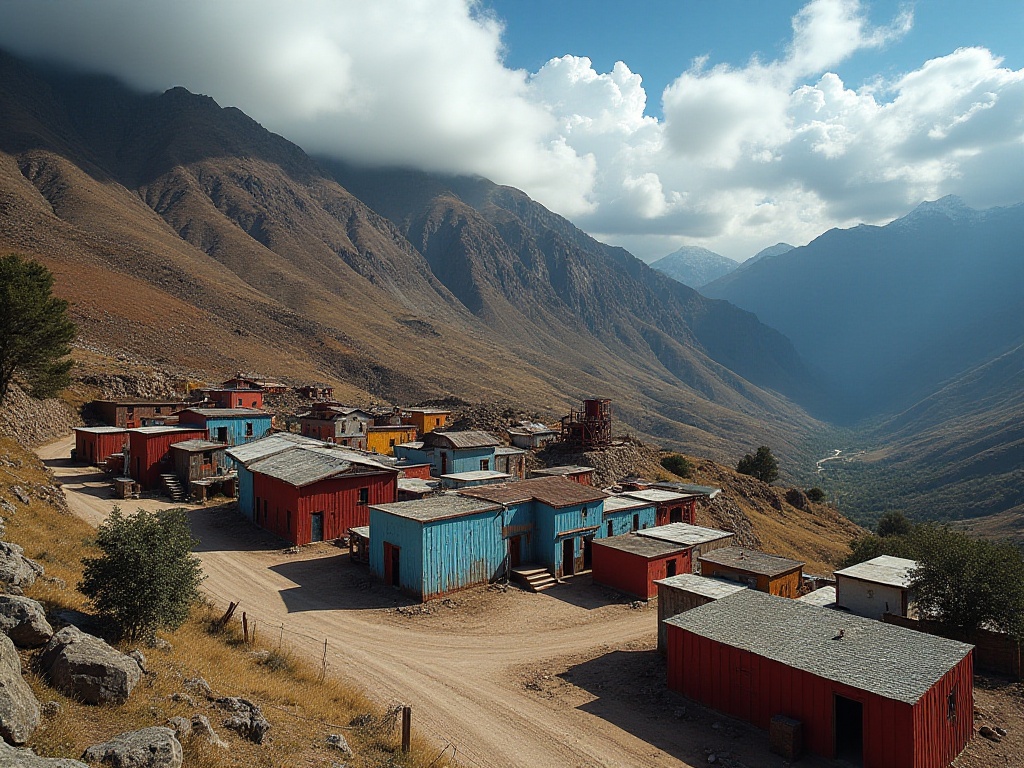First Encounter with the Ancient City
As the plane slowly descended into Benito Juárez International Airport in Mexico City, I was incredibly excited. Looking through the window, this plateau city at an altitude of 2,240 meters shimmered uniquely in the sunlight. As an Asian traveler visiting Latin America for the first time, I was full of anticipation for the journey ahead.
On the way from the airport to downtown, I eagerly observed every corner of the city. Modern overpasses alternated with ancient churches, while colorful murals lined the streets and street artists performed traditional music. This intense visual impact made me realize I was about to embark on a magical journey through time.
After dropping off my luggage at the hotel, I couldn't wait to explore the city. I was staying in the historic center, within walking distance of many famous attractions. Walking on the cobblestone streets, flanked by well-preserved colonial-era buildings, each house seemed to tell stories spanning several centuries.
When Spanish colonists arrived here in the 16th century, they surely never imagined their city would become today's melting pot of civilizations. In Mexico City, you can see Baroque-style churches, Aztec stone carvings, modernist architecture, and art-filled neighborhoods. This unique architectural mix gives the entire city an astonishing sense of depth.
The Splendor of Zócalo Square
Early the next morning, I arrived at Zócalo Square. As Mexico's largest plaza and the world's third-largest square, its scale is truly impressive. The square covers about 57,600 square meters, equivalent to 8 standard soccer fields. The morning sunlight bathed the square, illuminating the surrounding historic buildings, making the entire scene look like an exquisite oil painting.
The huge Mexican flag in the center of the square is particularly eye-catching, with a 50-meter flagpole and a flag surface of about 200 square meters. Solemn flag-raising and lowering ceremonies are held every morning and evening, attracting many tourists and locals. The flag flutters in the morning breeze, symbolizing the nation's pride and glory.
The Metropolitan Cathedral is one of the square's most striking buildings. This largest Catholic cathedral in Latin America has witnessed nearly 450 years of Mexican history. The cathedral's construction was a massive undertaking: it took 240 years to build, used over a million stones, and employed tens of thousands of craftsmen. The cathedral's twin bell towers rise 64 meters high, and its interior contains 14 chapels with breathtaking decorations.
Inside the cathedral, I was deeply drawn to the exquisite altars, murals, and sculptures. Most impressive was the main altar, which combines Baroque style with indigenous art, its gilded decorations reflecting the prosperity of Spanish colonial rule. Sunlight filtering through the stained glass windows added a sacred atmosphere to the entire cathedral.
The National Palace on the square's east side is equally magnificent. This building dates back to the Aztec period, originally the site of Montezuma II's palace. The current building was rebuilt during the Spanish colonial period, with massive murals by famous artist Diego Rivera on its walls, vividly depicting Mexico's historical changes.
Walking around the square, I saw all kinds of people: artists performing indigenous dances in traditional costumes, vendors selling handicrafts, commuters hurrying to work, and tourists like me curious about the place. The streets around the square are lined with various shops, including traditional restaurants, antique stores, and modern boutiques, showcasing the city's diversity and inclusiveness.
The Impact of Teotihuacan
After spending several days in Mexico City, I decided to visit the Teotihuacan ruins. This "City of Gods" is located about 50 kilometers northeast of Mexico City and is one of the most important archaeological sites in Central America. I set out early in the morning to avoid the midday sun and crowds.
Upon reaching the site, the first thing that caught my eye was the imposing Pyramid of the Sun. This 66-meter-high structure is the world's third-largest pyramid, consisting of 5 stepped levels. The number of steps is significant: 63 levels on the east side, symbolizing the 63 cycles in the ancient calendar.
Climbing the Pyramid of the Sun is physically demanding, with 248 steep and narrow steps. I took several breaks and needed nearly half an hour to reach the top. But it was all worth it - from the pyramid's summit, the entire ancient city of Teotihuacan spread out before me. The Avenue of the Dead extends straight northward, ending at the Pyramid of the Moon, with numerous smaller ritual buildings and residential ruins on both sides.
The Avenue of the Dead is the city's central axis, about 2 kilometers long and 45 meters wide. In ancient times, this was an important ceremonial site that could accommodate 100,000 people for ritual activities. Walking slowly along this avenue, I imagined how bustling and lively this place must have been 2,000 years ago. Archaeological findings indicate that Teotihuacan had a population of 200,000 at its peak, making it the largest city in Central America at the time.
Though shorter than the Pyramid of the Sun, the Pyramid of the Moon sits on an elevated platform, making its total height greater than the Sun Pyramid. Archaeologists have discovered multiple overlapping construction layers within the Moon Pyramid, along with numerous precious ritual objects, including jade items, obsidian artifacts, and human bones. These discoveries provide important clues for studying Teotihuacan civilization.
In the site's museum, I learned more about this mysterious civilization. The Teotihuacanos developed unique construction techniques, aligning their buildings precisely with astronomical phenomena. They also created beautiful murals and developed sophisticated craft production systems. However, this powerful civilization suddenly declined around 750 CE, remaining an archaeological mystery to this day.
Tasting the Ancient City
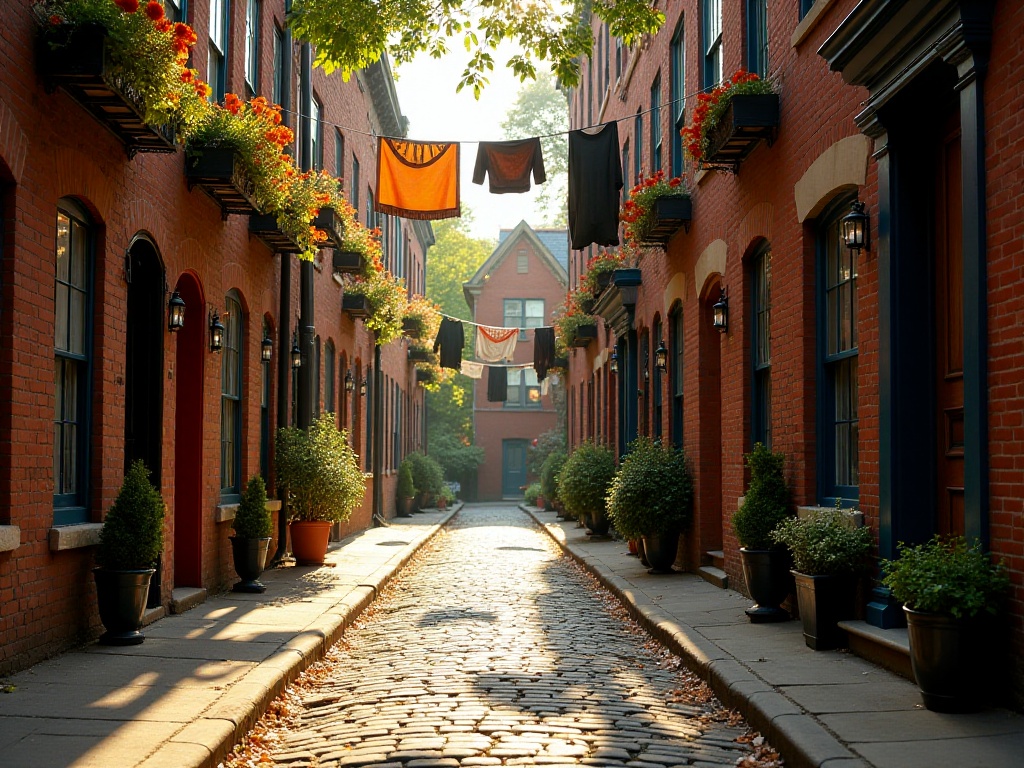
Culinary Exploration
The culinary experience in Mexico City was one of my trip's biggest surprises. The cuisine here combines cooking traditions from indigenous Indians, Spanish colonists, and other immigrant groups, creating a unique food culture.
San Juan Market was my starting point for exploring Mexican cuisine. This 150-year-old market retains its traditional authenticity. With over 180 stalls, the air is filled with the aromas of various spices and ingredients. The market sells over 5,000 tacos daily, with each stall having its unique recipe and cooking method.
I tasted the most authentic tacos in the market. Fresh corn tortillas topped with grilled meat, bean paste, guacamole, and other fillings offered rich layers of flavor. The vendor told me their family recipe had been passed down for three generations, and they start preparing ingredients at 4 AM daily. Besides tacos, I also tried salsa, corn soup, cactus salad, and other specialties.
Deep in the market, I discovered a shop specializing in traditional Mexican desserts. The owner, a kindly elderly lady, introduced me to the history and preparation methods of various sweets. I tried her recommended churros, which were crispy outside and soft inside, sprinkled with cinnamon sugar - delicious.
After leaving San Juan Market, I visited several other culinary hotspots. In the trendy restaurants of the Roma district, I experienced innovative Mexican cuisine. The chefs maintain traditional flavors while incorporating modern cooking techniques and creative elements. A tuna taco fusion with Japanese culinary techniques particularly impressed me, demonstrating the inclusiveness and creativity of Mexican cuisine.
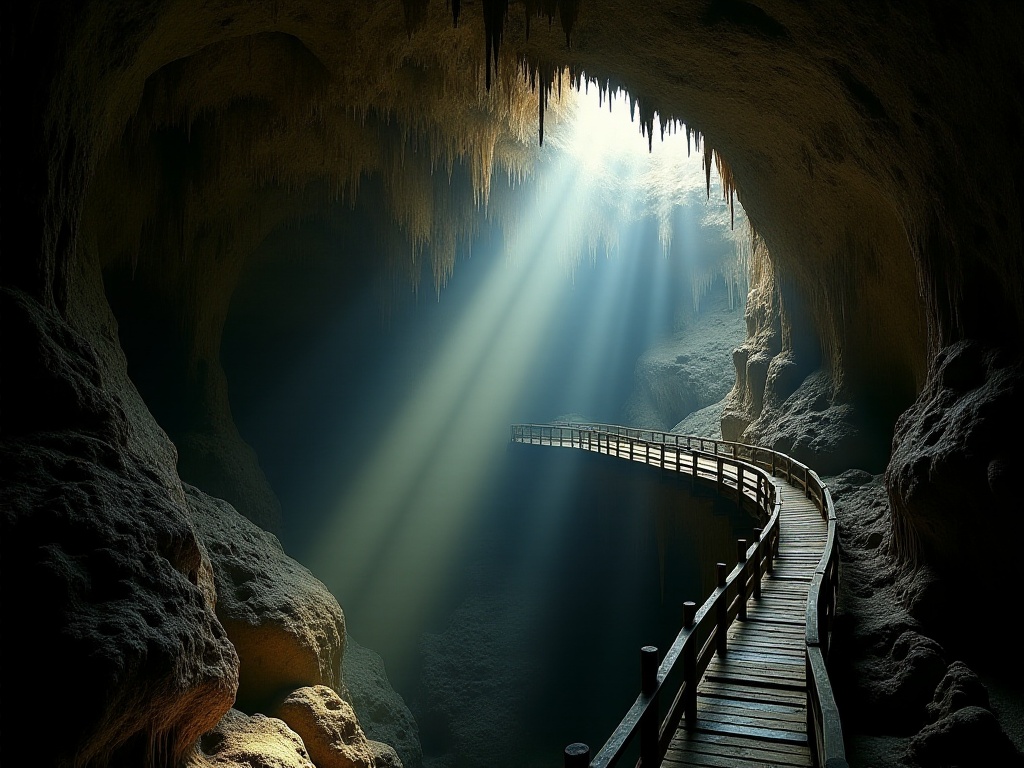
Cultural Experience
The National Museum of Anthropology was a crucial stop on my cultural tour of Mexico City. Built in 1964, this museum is one of Latin America's largest, housing over 600,000 artifacts that showcase Mexico's splendid civilizations from prehistoric times to the Spanish conquest.
The museum's most famous exhibit is the Aztec Sun Stone. This massive stone, 3.6 meters in diameter and weighing 24 tons, is carved with complex patterns, featuring the sun god's face in the center surrounded by symbols representing different ages. This stone is not just an artwork but a complete expression of the Aztecs' cosmic understanding.
In other exhibition halls, I saw exquisite jade items from Maya civilization, painted pottery from Teotihuacan, and gold ornaments from the Zapotec people. Each exhibit tells a fascinating story about the wisdom and creativity of ancient American civilizations.
I particularly enjoyed the museum's recreated Aztec market scene. Through carefully arranged scenes and audiovisual effects, visitors are transported back to the great Tenochtitlan market of 500 years ago. The market was not just a trading place but also a center for information exchange and cultural transmission.
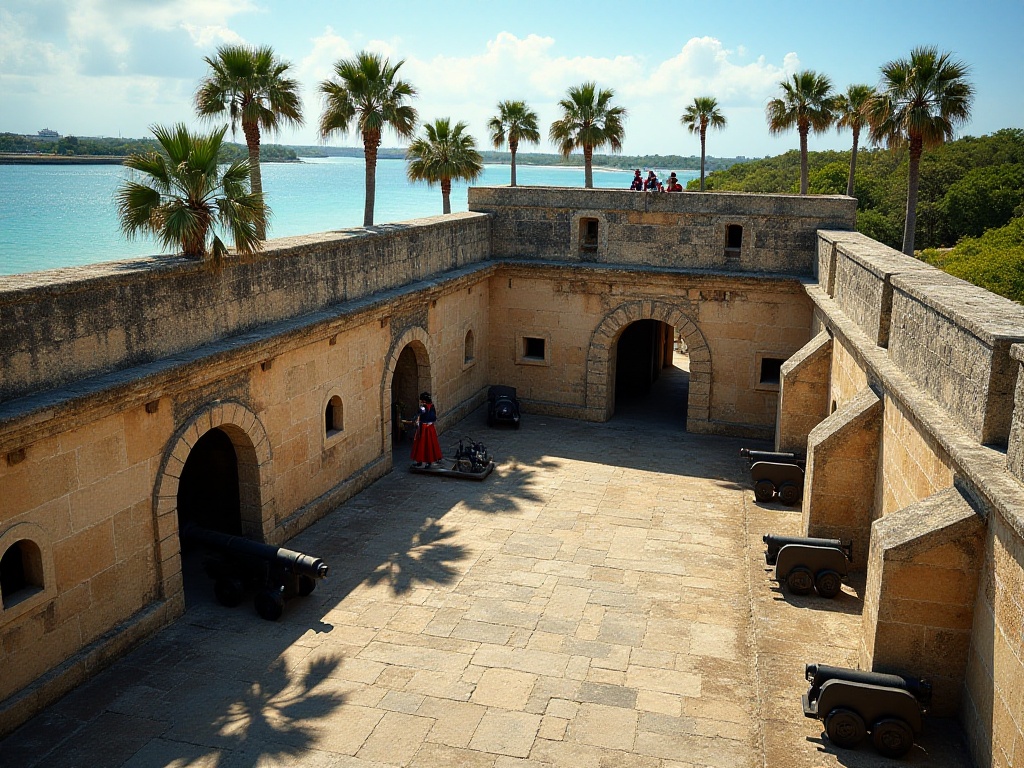
City Memories
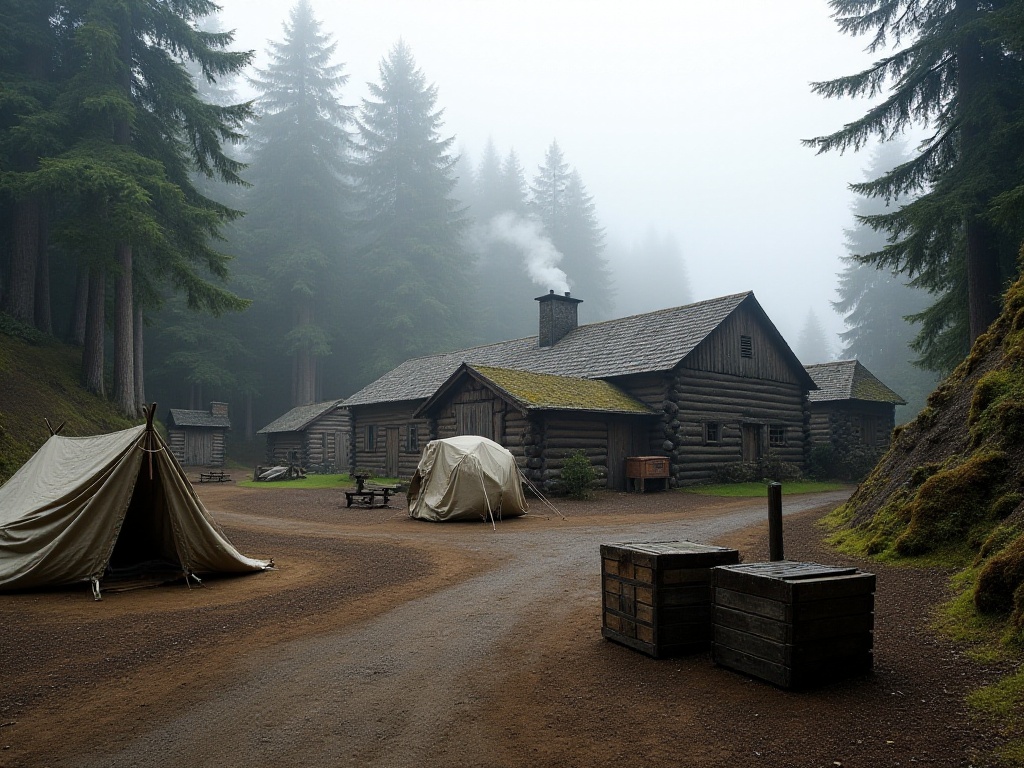
Modern and Classical
In this modern metropolis of 9 million people, ancient memories remain vivid. The canal system in the Xochimilco district is the best example. It preserves hundreds of ancient canals, remnants of the Aztec-era water transportation network.
I rented a traditional trajinera boat to tour the canals. These flat-bottomed boats are painted in bright colors, with boatmen using long poles to propel them forward. Along the way, you can see floating gardens, a special agricultural system invented by the Aztecs. They built artificial islands in the canals to grow crops, a wisdom still in use today.
Over 2 million tourists visit Xochimilco annually, yet it maintains its original tranquility. On weekends, many locals bring their families here for picnics or boat rides. Small restaurants along the riverbank serve fresh lake fish and special snacks, offering an authentic taste of Mexican flavor.
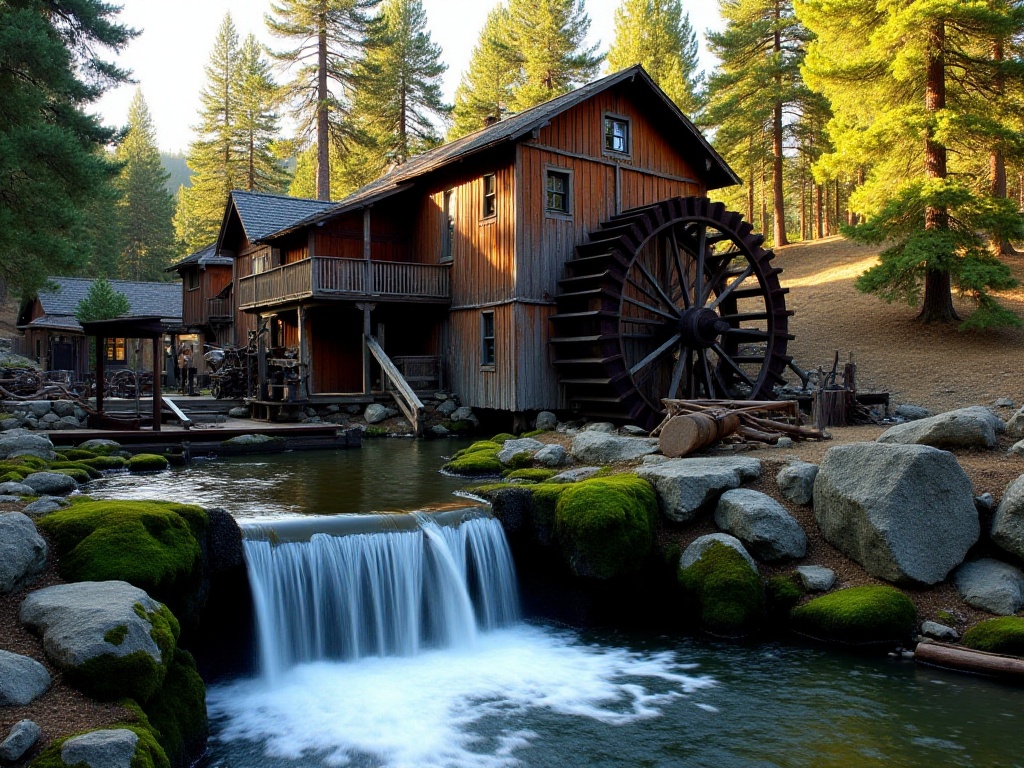
Artistic Atmosphere
The Frida Kahlo Blue House was one of the places I most looked forward to visiting. Built in 1904, this house in the Coyoacán district was the home of famous female painter Frida Kahlo. The sky-blue exterior walls are striking, symbolizing the artist's love for life.
Entering the Blue House feels like stepping into Frida's private world. Her studio remains unchanged, with unfinished works still on the easel. The room contains her wheelchair, painting tools, and personal items. The courtyard is filled with cacti and other native Mexican plants, her favorite place during her lifetime.
Although over 250,000 visitors come here annually, the museum maintains an intimate and quiet atmosphere. Through visiting the Blue House, I gained a deeper understanding of this great artist's life story and her profound influence on Mexican culture.
Travel Reflections
Each day in Mexico City brought new discoveries and emotions. This city is like an open history book, each page recording stories of different civilizations. From the Aztecs' glory to the changes of the Spanish colonial period, from post-independence turbulence to modern development, Mexico City preserves these memories in its unique way.
What moved me most was the city's attitude toward history. It hasn't deliberately erased traces of the past but allowed different periods' cultures to blend naturally. Here, you can see indigenous descendants performing traditional dances in front of colonial churches, modern artists creating new murals on ancient walls, and street vendors making traditional food using ancestral recipes.
This cultural diversity and coexistence make Mexico City a truly world-class city. It shows us that a city's greatness lies not in how modern it is, but in how it handles the relationship between tradition and modernity, how it enables different cultures to coexist harmoniously.
As I left Mexico City, the sounds of Zócalo Square's bells, Teotihuacan's wind, and street musicians' guitars still echoed in my mind. This city gave me so many surprises and touching moments, giving me a new understanding of civilization's power.
This trip taught me that true travel isn't just about seeing sights and taking photos, but more importantly about feeling a place's soul and understanding how different cultures collide and merge to form unique charm. Mexico City is such a place, naturally allowing visitors to feel the warmth of history and the rhythm of modernity.




